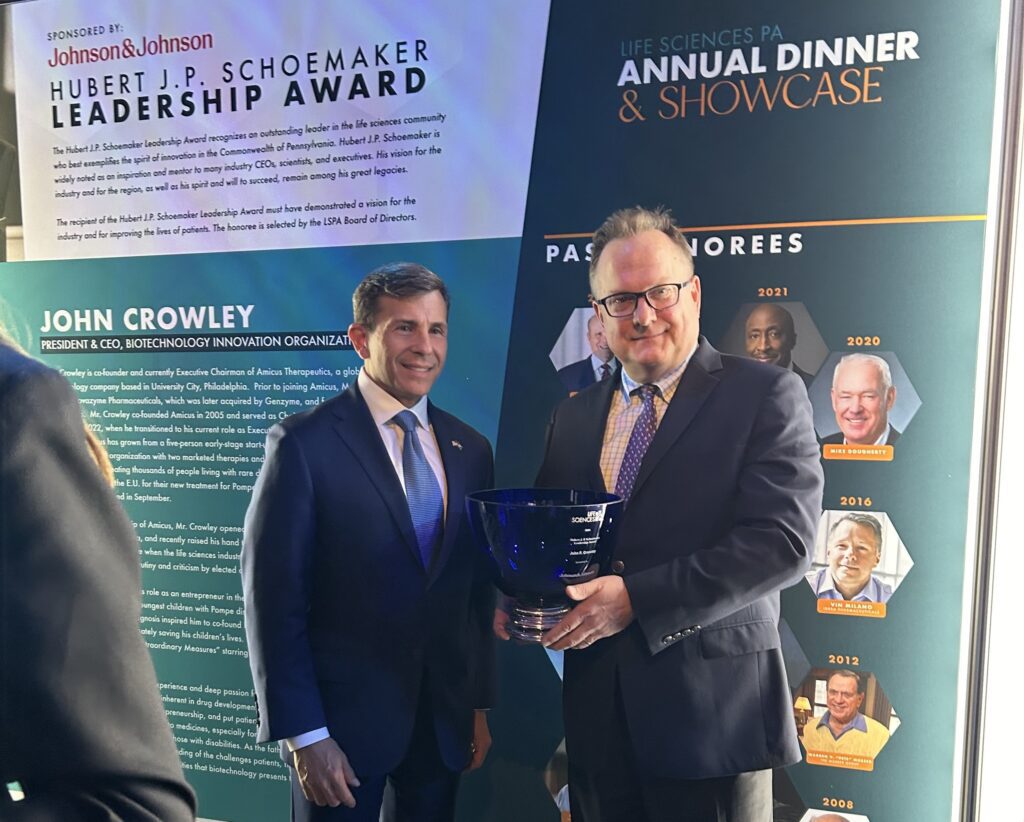While the health community was involved in an impressive effort to develop and distribute COVID-19 vaccines during the pandemic, the rate of routine immunization was dropping. Experts sought to assess the seriousness of the problem, noted its outsized impact on minorities, and discussed solutions in a May 11 virtual summit, “Addressing the Decline in Routine Immunizations.”
Hosted by Vaccinate Your Family (VYF), the summit brought experts from the federal government, NGOs, and other leading stakeholders concerned about immunization.
Amy Pisani, CEO of VYF, highlighted the importance of routine immunization. She noted that her organization’s “goal is to exceed the pre-pandemic efforts to finally close the gap of vaccine disparity among every group and throughout the nation.”
She said the drop in routine vaccination resulted in several measles outbreaks, and the United States nearly lost its status of effectively eliminating measles.
U.S. vaccination rates plummeted during the pandemic, said Dr. Sam Posner, Acting Director of the National Center for Immunization and Respiratory Diseases (NCIRD), and this was especially evident with lower-income Americans. Dr Posner urged increased efforts and cooperation with local, state, and federal partners to amplify their reach.
Coverage slips slightly for children
Dr Georgina Peacock, Division Director for the Division of Human Development and Disability (DHDD) at the National Center on Birth Defects and Developmental Disabilities (NCBDDD), presented the latest data on U.S. vaccination rates for the younger cohort.
She said that between 2012 and 2020, the U.S. vaccine coverage for children aged 24 months was at or above 90% for polio, hepatitis B, MMR, and varicella, but she added that a decline in coverage is expected to be revealed in surveys conducted after the pandemic.
Among adolescents aged 13-17 between 2006-2020, vaccine coverage remained relatively steady, with Tdap and MenACWY sitting at around 90%, according to Dr. Peacock. Vaccine coverage for HPV, on the other hand, was much lower, at about 60% of the cohort.
According to a CDC report, in the 2020-2021 school year, vaccination coverage among kindergarten children stood at 94% for MMR, DTaP, and varicella. “The national vaccination coverage among kindergarten children during the 2020-2021 school year dropped by about 1% from the previous year—that amounts to 35,000 more children without vaccination documents,” the CDC said.
To combat the decline, the CDC has created a campaign called “Let’s Play Catch Up on Routine Vaccines” to encourage parents to prioritize the need to catch up on routine immunization for their children.
Adolescents miss many shots but get more flu vaccines
An expert from the healthcare and consulting firm Avalere said they analyzed adolescent and adult immunization to better understand the impact COVID-19 had on routine vaccination rates, comparing Advisory Committee on Immunization Practices (ACIP)-recommended vaccines in 2020 and 2021 to 2019.
Avalere found that declines were present in adolescent vaccines, with an average decline of 36% between January 2020 and July 2021 in comparison to the same months in 2019. Avalere also noted that demand for flu vaccines was higher in the 2020 flu season, attributing that to greater awareness and desire to protect against respiratory illnesses in the absence of the COVID-19 vaccine, which, at the time, was not available. In the period between January 2020 and July 2021, potentially 10.1 million doses of recommended vaccines were missed by adolescents, Avalere said.
Adults miss flu vaccines
IQVIA studied the impact of COVID-19 on routine adult immunization between 2018-2020 (influenza, pneumonia, and shingles) and found that across the United States, adult vaccination rates have declined since the start of the pandemic.
The negative impact on annual flu vaccinations across age groups was prominent among those over the age of 65 (coverage of 57%) and adults covered by public insurance (coverage below 55%), with trends widening among Blacks and Hispanics (below 40% and around 44%, respectively) vs. whites and Asians (approx. 54% and over 60%, respectively).
Vaccination rates for shingles and pneumonia also declined across age groups, with the greatest decline among those covered by public insurance.
Disparities among minorities are larger
Venus Ginés, founder of Día de la Mujer Latina, attributed the decline in vaccine rates among the Hispanic population to systemic issues, adding that the Latinx community was treated as an “afterthought,” with a failure to communicate with community partners to spread health literacy.
Janice Mathis, executive director of the National Council of Negro Women (NCNW), compared the challenges caused by the COVID-19 pandemic to the challenges the Black community faced with the HIV/AIDS pandemic years ago.
One of the challenges Black communities faced was accessing health facilities in terms of transportation. To address this problem, the NCNW had to look for alternatives, so they established a partnership with Uber.
According to Julia Fraustino of West Virginia University, different communities will have different barriers but what is important is to push for more communication with neglected communities, as well as policies and programs to remove the barriers.
Getting back on track
Mitch Rothholz of the American Pharmacists Association (APhA) notes that the APhA has noticed more “vaccine contemplation,” as people ask a lot more questions about different vaccines that are being recommended, side effects, and more.
Rothholz called consistency and messaging key, adding that knowing who’s delivering that message is important.
Another challenge he mentioned was that healthcare workers are “stressed and stretched,” so to get back on track, it’s vital to not overload them and to bring them along as the slowing of the COVID-19 pandemic creates the possibility to start introducing other vaccines.
“There’s a lot being done, but there’s a lot more to do,” said Erica DeWald of VYF, inviting all to join the efforts and raise routine immunization rates.
DeWald announced the VYF vaccination collaborative, taking place once a month and offering the chance to be aligned on the communication programs and messages specific to the vaccination dialogue.




